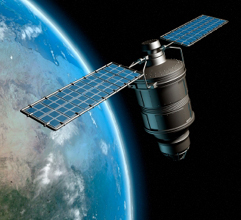Our Scans · (ZY.3.04) Earth Science · Weekly Summary

- Most companies that sell climate risk data employ people with doctoral degrees in relevant fields, such as earth science, geography or economics. The Journalist's Resource
Last updated: 08 December 2025
